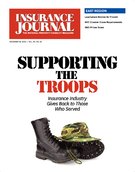More than 10,000 children in the United States under the age of 15 were diagnosed with cancer in 2016. And the rate of childhood cancer has been rising slightly for several decades, according to the American Cancer Society.
It’s an illness that no parent wants their child to experience – ever.
The City of Hope, a research and treatment center for adult and childhood cancer, diabetes and other life-threatening diseases, works to “combine science with soul” to make miracles every day. One miracle is the story of young Marshall Cotta who at 11 months old was diagnosed with a rare brain cancer tumor that left his parents searching for hope when many doctors said there was none.
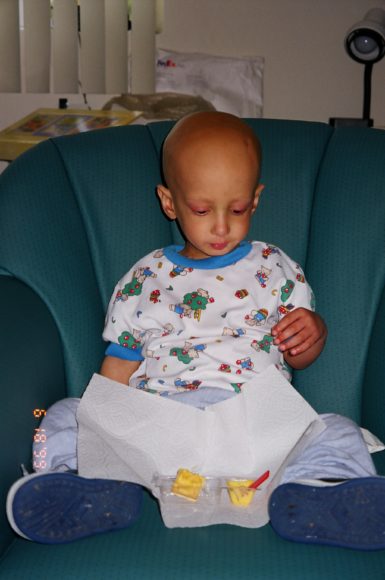
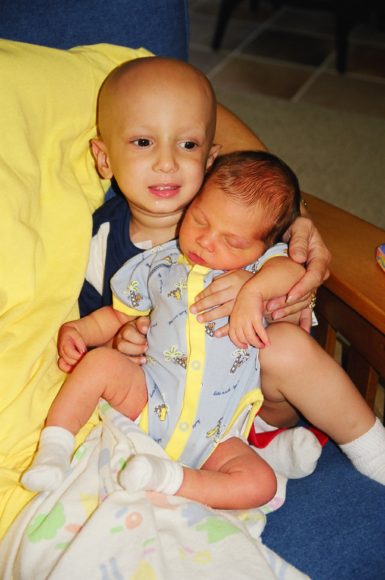
his proton beam radiation. Marshall completed his last treatment just days before his second birthday.
Marshall, now 19 years old, was advanced for his age, says his mother Pamela Cotta. “He’s our third son and started walking at 10 months, which we thought was amazing because our two other children didn’t walk until 12 months,” Pamela said. Marshall’s growth and development seemed right on track until one morning when he woke up and suddenly couldn’t walk or move.
“I took him out of his crib and put him on the floor and he just stood there and couldn’t move so I called the pediatrician,” Pamela said. The pediatrician sent Marshall immediately to a neurologist. That was the first of many difficult days to come for Marshall and the Cotta family.
The pediatric neurologist told Pamela and her husband that the prognosis was dire. “I remember him saying to us, ‘I wish I could tell you that everything was going to be OK but I can’t.'”
Marshall’s first MRI revealed a brain tumor that was causing hydrocephalus, or water on his brain.
“They took him right into surgery to put in a shunt. I remember it was my dad’s 70th birthday,” Pamela said.
The surgeons removed a portion of the brain tumor but couldn’t get it all because of its location next to the brain stem. “They told us that this particular kind of tumor was normally seen in adults and very rarely in children. The bad thing was they had no treatment for it. They told us there was nothing they could do,” his mother said.
This was 1998 and while the doctors at Children’s Hospital in San Diego had a pediatric chemotherapy protocol, they feared it wasn’t going to work on Marshall’s tumor. Even so, they said they would try.
“The goal was that if they could stop the tumor from growing then they could go in and do radiation and there was a possibility that it would stop the growth,” Pamela explained.
But treatment came with heavy risk to Marshall’s health.
“They told us that because of his age and because he hadn’t grown yet, the radiation would cause his body growth to be stunted but his arms and legs would continue to grow and he would have learning disabilities.”
But most disheartening was that the doctors didn’t believe such treatment would even work, she said.
That’s when a friend of a friend recommended City of Hope.
It was just doom and gloom until Marshall arrived at City of Hope, Pamela said. “Every time we spoke to a doctor they would tell us it wasn’t going to work, this isn’t a tumor that can be treated. Then we went to City of Hope and it was the most incredible thing. They didn’t make us any promises but there was hope.”
“As soon as the doctors from City of Hope walked in, they took off their white coats so they wouldn’t scare Marshall. Marshall was so calm,” Pamela said. The City of Hope doctors told Pamela and Jeff Cotta that while there wasn’t a treatment option for their son’s cancer, they were willing to try but not if doing so meant destroying Marshall. “Their whole motto is that there’s no point in curing the body if in the process you destroy the soul.”
City of Hope knew that radiation treatment would cause learning disabilities so full body radiation was not an option. Instead they moved forward with proton beam radiation directed only at the tumor site. “They basically made up a treatment plan for him, harvested his stem cells, did stem cell rescue after every treatment because the treatment was so harsh it helped him recover,” said his mother.
And it worked.
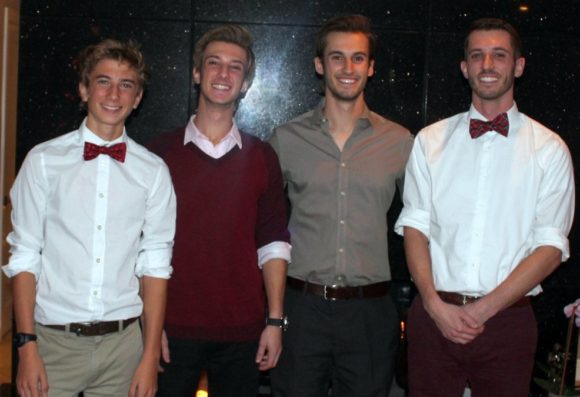
“We were there almost a year. He had three cycles of the chemotherapy and then the stem cell rescue after each one. The whole time we would live in their Village. My husband went back home with the other two boys,” Pamela said.
It was an interesting time, Pamela recalled. Throughout Marshall’s stay at City of Hope, Pamela was pregnant with her fourth son. “There were so many harsh chemicals in everything that I spent a lot of time in a chemo suit that the doctors would wear so I wouldn’t be exposed. Sometimes when I think back on it, it doesn’t even seem real,” she said.
Today Marshall is a vibrant, healthy freshman studying music at San Diego State University.
He is here today thanks to the research and treatment offered by the City of Hope and the generous efforts of companies and supporters that continue to finance new research, treatment and educational programs, including longstanding contributions from the insurance industry. The City of Hope industry group, the National Insurance Industry Council, consists of representatives from the property/casualty industry and has raised close to $30 million to help fund the Duarte, Calif.-based center’s research efforts throughout the past 38 years.
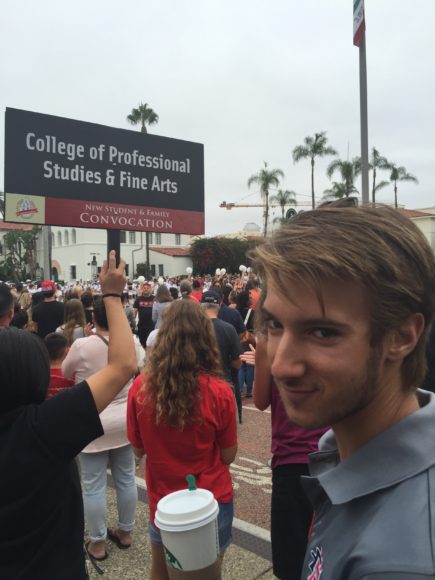
This year alone the City of Hope’s brain tumor program will receive more than $1 million from the NIIC and Lori McGee, the widow of Liam McGee, the past chairman and CEO of The Hartford who battled a form of brain cancer as well. “This is the first time in the brain tumor’s program for them to receive dedicated funds,” said Ken Birkett, director of development of NIIC for the City of Hope.
The Cotta family has also made it a priority to give back to the place that saved their son. “After Marshall was home about a year we started a fundraising group called Marshall’s Roundup and have been fundraising for the past 16 years,” Pamela said. Pamela and Jeff also dedicated a life insurance policy’s benefits to the City of Hope.
“How do you put a price on what you pay back for a place that saved your child?” she added. “You really can’t.”
To learn more about the City of Hope or to find out more about the NIIC’s efforts, visit: www.cityofhope.org.
Topics Market
Was this article valuable?
Here are more articles you may enjoy.


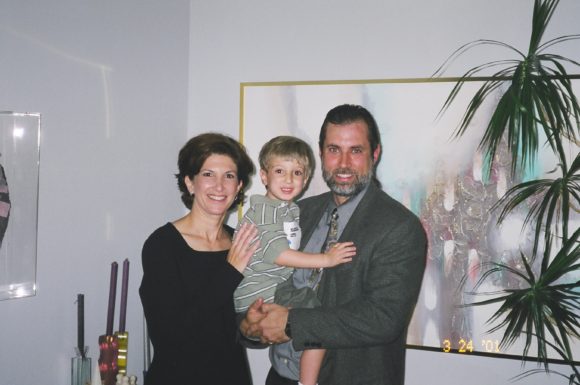
 Harvard Study Again Stirs the Pot on Demotech Ratings of Florida Carriers
Harvard Study Again Stirs the Pot on Demotech Ratings of Florida Carriers  USAA to Lay Off 220 Employees
USAA to Lay Off 220 Employees  Coral Gables, Florida Tops Beverly Hills as Ritziest Home Market in US
Coral Gables, Florida Tops Beverly Hills as Ritziest Home Market in US  Undercover St. Louis Officer Beaten by Colleagues Awarded $23.5M
Undercover St. Louis Officer Beaten by Colleagues Awarded $23.5M 
